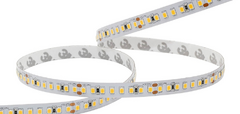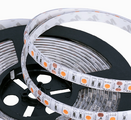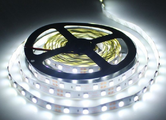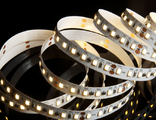How to Choose the Right Brightness for SMD LED Strip Lights?
Selecting the perfect brightness for SMD LED strip lights is crucial to achieving the desired effect in any installation, whether it’s for accent lighting, task lighting, or general ambiance. Here’s how to nail down the ideal lumens for your lighting needs.
Understand Lumens
Lumens measure the total amount of visible light emitted by a source. The higher the lumens, the brighter the light. For LED strip lights, brightness can vary significantly, typically ranging from 300 to over 2000 lumens per meter.
Evaluate the Application
The intended application dictates the necessary brightness:
- For accent lighting, such as backlighting a TV or setting a mood in a room, 300 to 600 lumens per meter are generally sufficient.
- For task lighting in kitchens or workspaces, where clarity and visibility are key, look for strips that offer between 800 and 1200 lumens per meter.
- For complete room illumination, you’ll want strips that provide 2000 lumens per meter or more.
Check the Color Temperature
Brightness also relates to color temperature, measured in Kelvin (K). Lower temperatures (2700K – 3000K) give off a warm light, which is typically softer and less bright in appearance. Higher temperatures (5000K and above) emit a cooler, daylight-like light, which may appear brighter and more intense.
Calculate Total Brightness Needs
To determine how much light you need, calculate the total lumens for the room:
- Multiply the room’s square footage by the general lighting requirement (measured in lumens per square foot). Living spaces often need 10-20 lumens per square foot, while workspaces might require up to 50 lumens per square foot.
- Add up the lumens needed for each strip to ensure you have enough light without oversaturating your space.
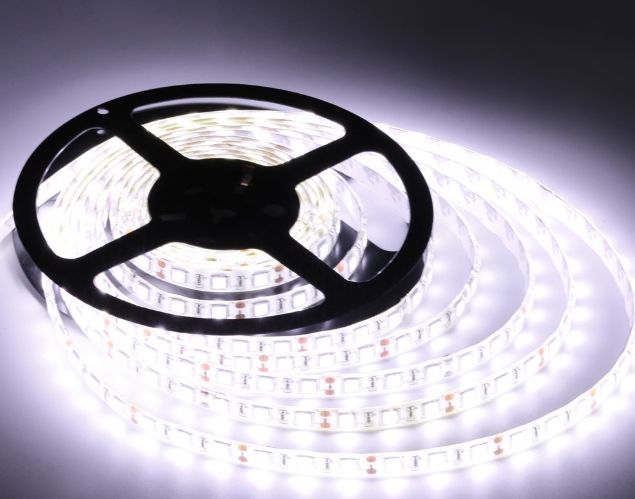
Consider Dimmable Options
For versatility in lighting, opt for dimmable LED strip lights. This allows you to adjust brightness according to the time of day or the activity being performed in the space.
Select the Right LED Density
LED density, referring to the number of LEDs per meter, affects both brightness and heat dissipation. Higher densities can offer more brightness and a more uniform light without hotspots.
Install Correctly
Proper installation is key to maximizing brightness efficiency. Mounting strips too far from the surface they are intended to illuminate can decrease perceived brightness. Utilize proper mounting techniques and consider using profiles or diffusers to evenly distribute light.
Enhance Your Installation
For optimal brightness and durability, use the appropriate controllers and power supplies to maintain consistent voltage and prevent voltage drop over long runs of strip lighting. This ensures your SMD LED strip lights perform at their best.
By understanding these factors and carefully planning your installation, you can ensure that your SMD LED strip lights provide the right level of brightness for any setting, enhancing both the aesthetics and functionality of your space.


